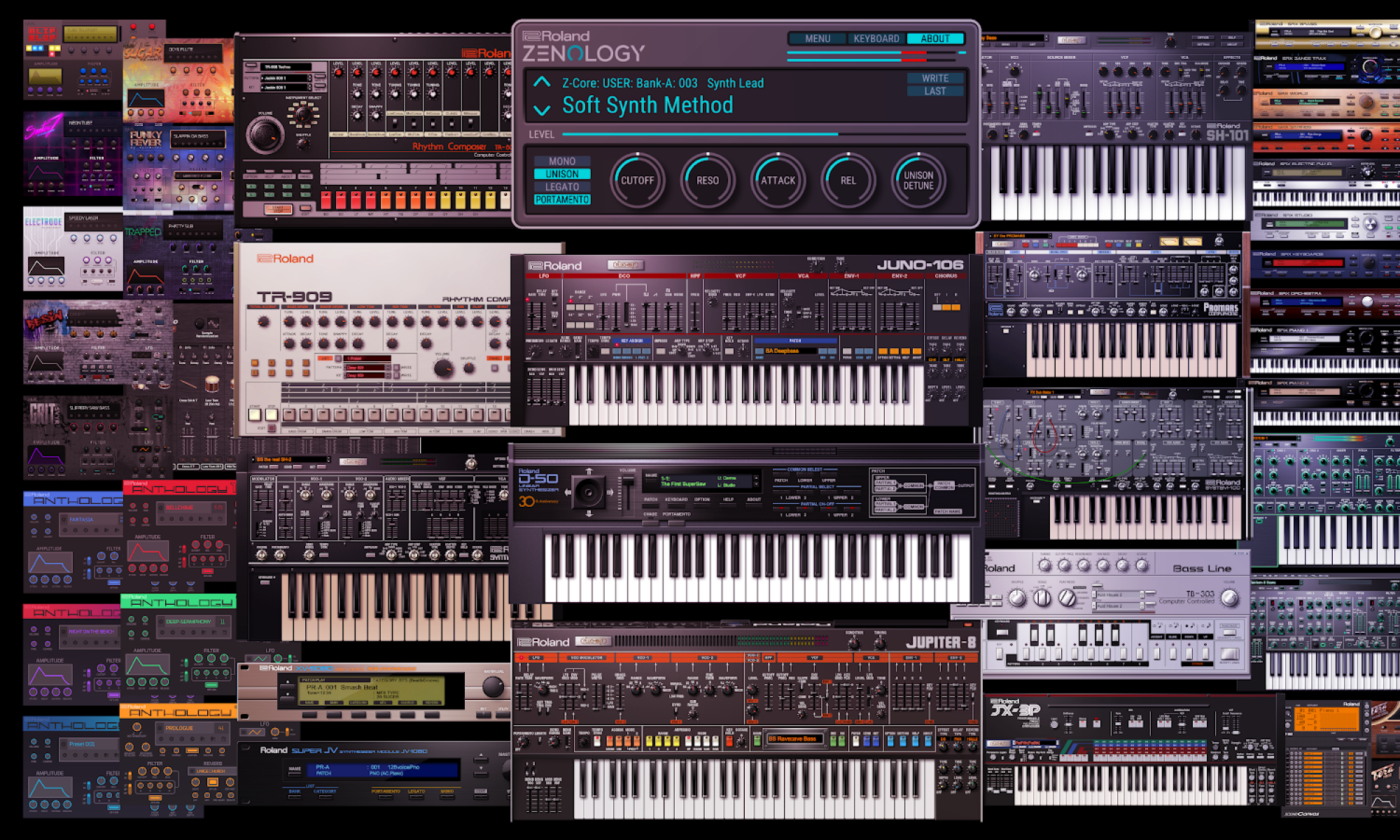Are there widely available (preferably free or low cost) software solutions for adjusting the perceived width of a stereo recording?
I thought Audacity might do this, but I can't find an appropriate method in Effects in my installation.
I thought Audacity might do this, but I can't find an appropriate method in Effects in my installation.




 )
)
Comment